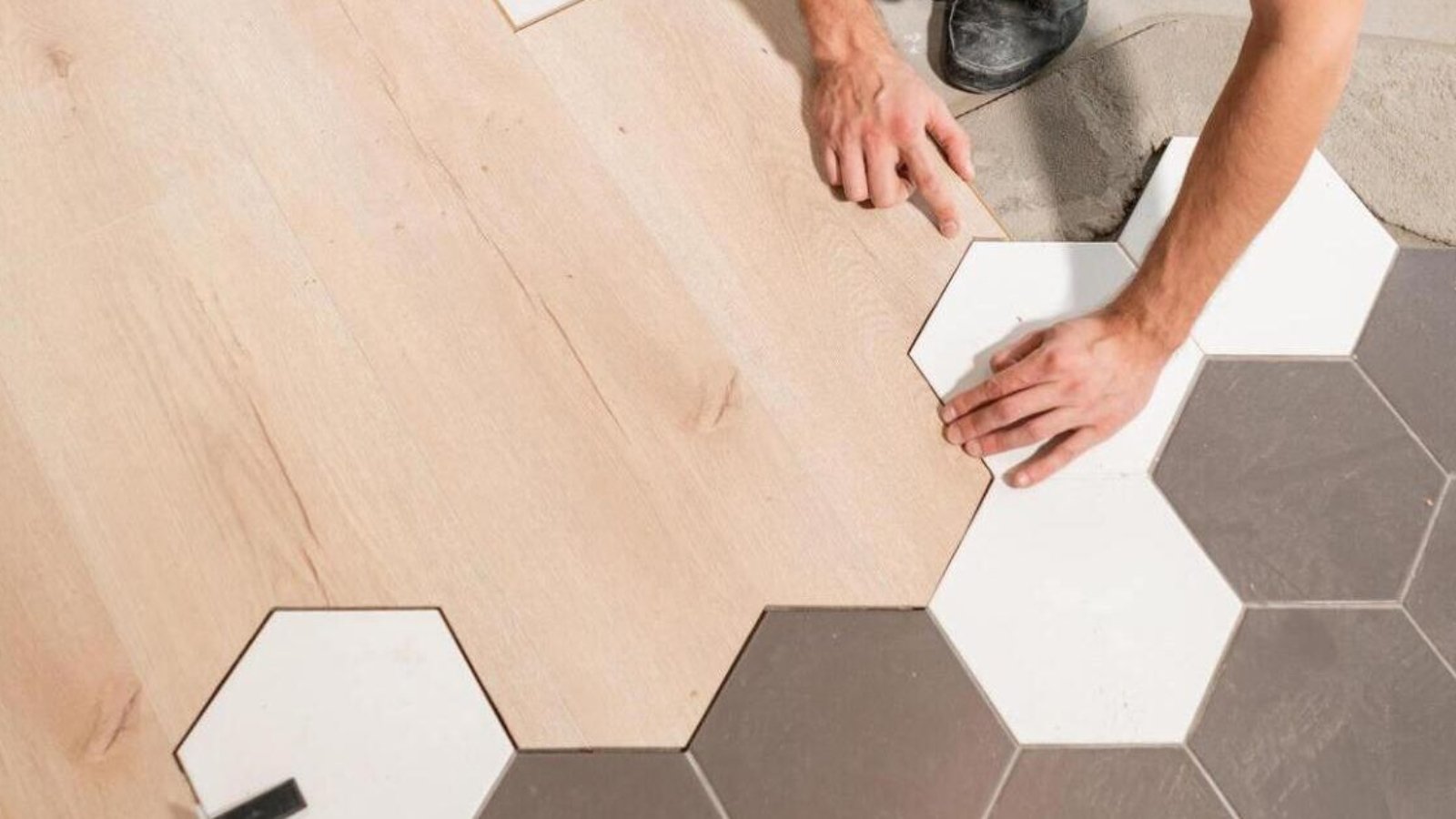Whether renovating your home or constructing a new one, choosing the right flooring and ensuring proper installation are crucial steps to achieving the desired look and durability. Flooring not only improves the appearance of a room, but it acts as a functional component able to resist daily wear and tear.
Here are some dos and don’ts from the professionals to assist you in supervising the complexities of flooring installation.
Dos:
1. Prepare the Subfloor: One of the most critical steps in flooring installation is ensuring that the subfloor is clean, level, and structurally sound. Remove any debris, adhesive residue, or protruding nails before laying down new flooring. Proper preparation of the subfloor ensures a smooth and stable surface for the new flooring material.
2. Acclimate Flooring Materials: Many flooring materials, such as hardwood and laminate, need time to acclimate to the temperature and humidity levels of the room where they will be installed. Allow the flooring materials to sit in the installation area for at least 48 hours before installation. This acclimation period helps prevent warping, buckling, or gaps after installation.
3. Follow Manufacturer’s Instructions: Every flooring material comes with specific manufacturer recommendations for installation. Whether it’s hardwood, vinyl, tile, or carpet, closely follow the instructions provided by the manufacturer. This includes proper adhesive selection, seam sealing, underlayment requirements, and installation techniques to ensure optimal performance and longevity of the flooring.
4. Use Quality Tools and Materials: Invest in high-quality tools and materials for the installation process. From saws and adhesives to underlayment and fasteners, using the right products and equipment ensures a professional-looking finish and reduces the risk of installation errors or damage to the flooring.
5. Allow for Expansion Gaps: Many flooring materials, particularly hardwood and laminate, expand and contract with changes in temperature and humidity. Leave expansion gaps around the perimeter of the room and at transitions to accommodate these natural fluctuations. Use spacers or shims to maintain consistent spacing and prevent buckling or warping over time.
Don’ts:
1. Rush the Preparation Process: Skipping or rushing through the subfloor preparation can lead to problems down the line. Take the time to thoroughly clean, level, and repair the subfloor as needed before installing new flooring. Neglecting this step can result in uneven surfaces, squeaks, and premature wear of the flooring.
2. Neglect Underlayment: Underlayment serves as a cushioning layer and moisture barrier between the subfloor and the flooring material. Skipping or using inadequate underlayment can compromise the durability and performance of the flooring. Choose the appropriate underlayment recommended by the manufacturer for your specific flooring type and installation environment.
3. Forget to Plan for Transitions: Flooring transitions occur where different types of flooring meet, such as between rooms or at doorways. Failing to plan for transitions can result in uneven transitions, tripping hazards, or gaps between flooring materials. Use transition strips or moldings to create smooth transitions and improve the overall aesthetic appeal of the area.
4. Overlook Expansion and Contraction: Ignoring the natural expansion and contraction of flooring materials can lead to costly repairs or replacements in the future. Avoid installing flooring materials too tightly against walls or fixed objects, as this restricts movement and can cause buckling or damage over time. Always leave the recommended expansion gaps as specified by the manufacturer.
5. Skimp on Installation Expertise: While DIY installation can be tempting to save money, complex or large-scale flooring projects are best left to professionals. Improper installation can void warranties, diminish the lifespan of the flooring, and result in costly repairs. Invest in professional installation for optimal results and peace of mind.
In brief, thorough planning, dedication to detail, and following manufacturer standards are necessary for a successful flooring installation. You may have a faultless and long-lasting flooring installation that improves the appearance and use of your area for years to come based on this professional advice’s dos and don’ts.



Add a Comment